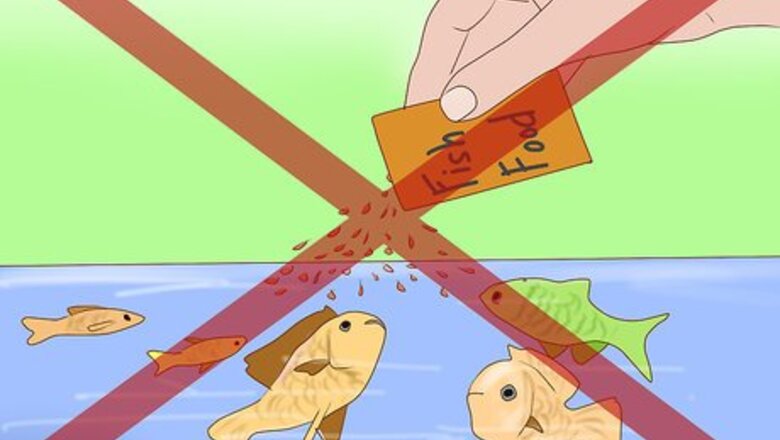
views
X
Research source
It only takes one snail to create a large population. These mollusks reproduce rapidly and can quickly overwhelm a tank. Getting rid of them will take some time and effort but it will be well worth it to have a snail free tank.
Ridding Your Aquarium of Snails
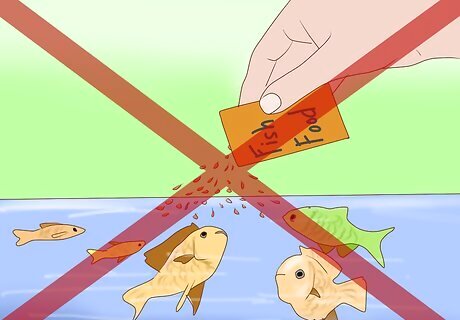
Avoid overfeeding. Overfeeding can led to a snail population boom. Try underfeeding your aquarium inhabitants (only feeding enough for the fish to eat at each feeding) to see if that solves snail overpopulation.
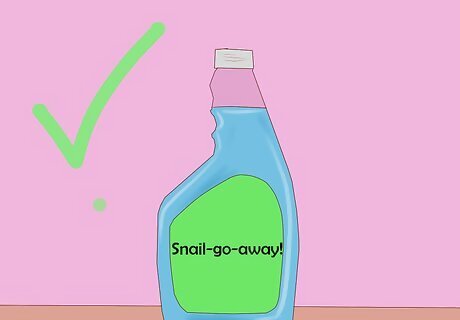
Use a chemical to kill the snails. The most common, fish-safe chemical used to kill snails is copper sulfate. If this is used, you need to carefully follow the directions for use given on the bottle to make sure your fish survive the treatment. Most times this will cause a massive snail die-off which may foul your aquarium. If so you will need to spend time removing dead snails and adjusting the water to make sure it remains healthy for your fish and any live plants. It's best to only use chemicals as a last resort after trying other natural solutions.
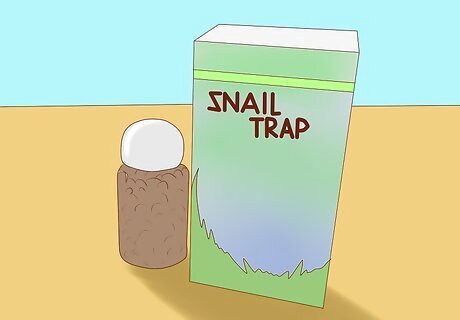
Place snail traps in the tank. Various snail traps are available on-line or through pet stores to trap snails. However, a very simple trap is to place a large piece of lettuce in the aquarium, clip the sturdy stem end to the aquarium's side, and leave it overnight. In the morning, remove the leaf and you will most likely find a large number of snails on the underside. Doing this a few nights in a row may help rid your aquarium of vast numbers of snails. Snails can also be picked out of the aquarium as they are seen. This is most effective when there are smaller number of snails. However, since snails are mainly nocturnal it may not make a dent in the problem. When snails hatch, they are quite small and can climb up the sides of the aquarium. Use a small diameter hose like an air pump hose and start a siphon. Just go along and suck the little ones out. It may need to be done more than once to remove them all, though you can pull out 100 in a couple of minutes. Repeat the process in a few hours.
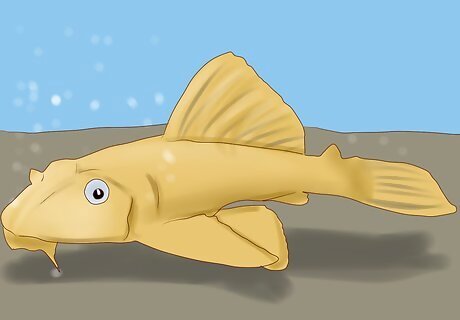
Add snail predators to your tank. Scavenger fish are good fish to add to the tank to eat snails. For smaller tanks, try Zebra or Dwarf Chain loaches. For larger tanks, Clown Loaches or Pictus Catfish will do the job. Assassin snails will also eat their snail brethren. They don't reproduce as readily, so generally don't become a problem like other snails.
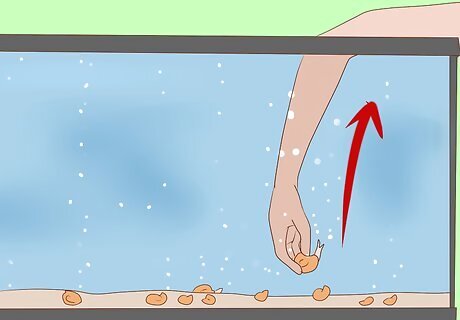
Try multiple solutions. Clearly there are various methods to rid your aquarium of these problem pests. Since snails can quickly overwhelm your tank with their sheer numbers, this should be a priority task. You may need to try a couple in order to get rid of the snails inhabiting your tank.
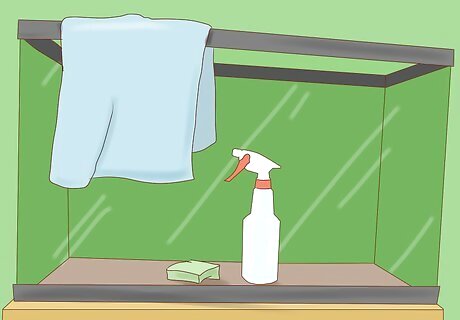
Clean everything. If the situation is totally out of hand or you want a 100% resolution you can do a deep clean of the tank. This means each item in the tank from gravel, to décor, to plants are removed, water is drained and every item cleaned and dried before refilling and restocking the tank.
Preventing a Snail Problem

Inspect all items entering the tank. Preventing the introduction of snails into the aquarium can save you a lot of time and trouble. Inspect live plants or décor for snails or their eggs before placing in your tank. Remove any snails or eggs before placing into your aquarium.
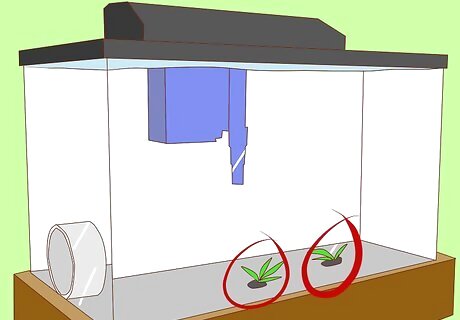
Quarantine items before placing them in the tank. Quarantine live plants before placing into your tank by having a quarantine tank. Leave the plants in there a few weeks and pick off any snails you find.
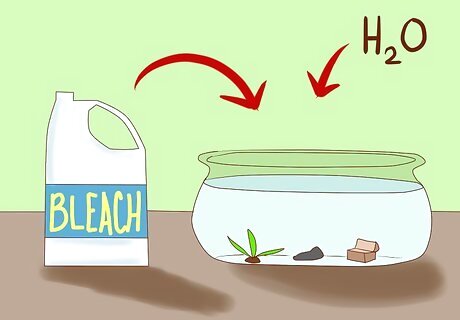
Dip all aquarium additions in a snail killing solution before adding them to the tank. Dipping plants in a bleach solution can kill snails and eggs. Make a solution of 1 part plain bleach to 19 parts of water, which is about 3/4 cup bleach to a gallon of water. Dip the plants in this solution for two to three minutes, remove and rinse well under running water for up to five minutes. This can be a bit harsh on certain plants so there is no guarantee that it won't harm the plant. You can also place plants in a killing solution of aluminum sulfate and water. Add 2-3 teaspoons of aluminum sulfate to a gallon of warm water and stir to dissolve. Submerge the plants in this and let them sit in this for at least 2-3 hours but up to 24 hours. When you remove the plants, rinse them well before adding to your aquarium.




















Comments
0 comment